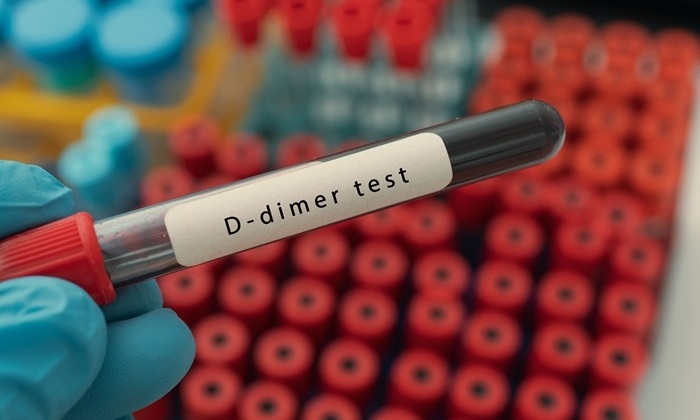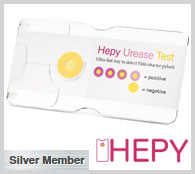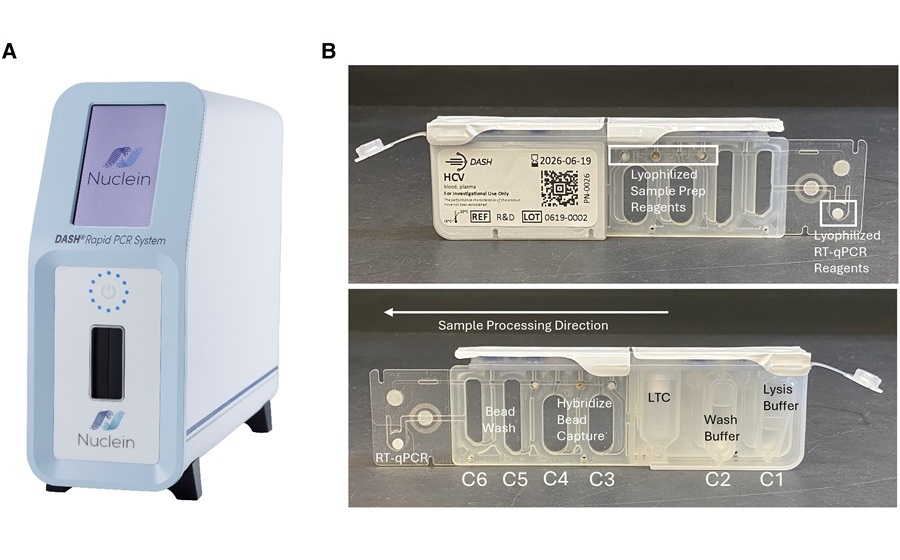D-Dimer Testing Can Identify Patients at Higher Risk of Pulmonary Embolism
Posted on 04 Apr 2025
Pulmonary embolism (PE) is a commonly suspected condition in emergency departments (EDs) and can be life-threatening if not diagnosed correctly. Achieving an accurate diagnosis is vital for providing effective management and treatment. For patients at low or moderate risk for PE, D-dimer testing is recommended as part of the diagnostic strategy, thanks to its high negative predictive value. However, in patients with a high clinical likelihood of PE, the high prevalence of the condition can reduce the negative predictive value of D-dimer testing, increasing the likelihood of diagnostic failure. As a result, guidelines suggest that high-risk patients undergo chest imaging (CI) directly, bypassing D-dimer testing. Yet, there is limited evidence to support this recommendation. A new study has sought to evaluate the safety of excluding PE based on D-dimer testing in patients with a high clinical probability of the condition.
Researchers at Pitié-Salpêtrière University Hospital (Paris, France), along with collaborators, conducted the study to address the uncertainty around ruling out PE in high-risk patients based on D-dimer levels. The study involved a post hoc analysis of three European studies (PROPER, MODIGLIANI, and TRYSPEED). Patients included in the analysis had a high clinical probability of PE, as determined by either the Wells or the revised Geneva score, and had undergone D-dimer testing.

The results, published in the peer-reviewed journal Academic Emergency Medicine, demonstrated that ruling out PE based on a D-dimer level below the age-adjusted threshold was safe, with no instances of missed pulmonary embolism. However, the sample size of the study was not large enough to definitively conclude the safety of this diagnostic approach. The findings could have significant implications for the clinical management of high-risk PE patients, but further research is required to confirm these results in larger populations.
Related Links:
Pitié-Salpêtrière University Hospital




 assay.jpg)









